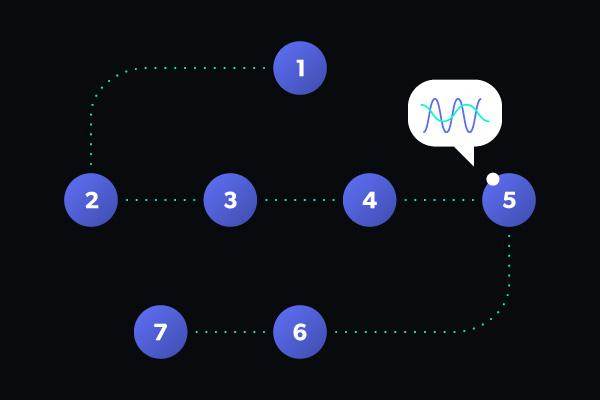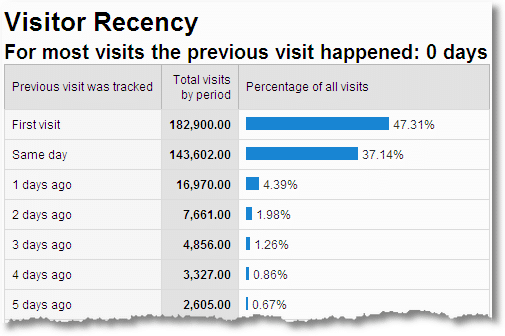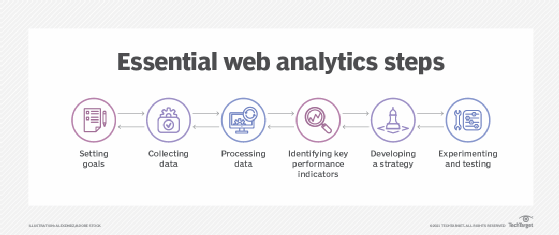It is critical to know what your visitors do on your website. You should know if many people who visit your site quit the ordering process before finishing their purchases. You may be having trouble navigating this page. It might boost your sales by 200 if you fix it. This is one reason you might want to learn a lot about the people who visit your website.
So what is your website?

Statistics packages are available with most website hosting services, which can be studied at leisure. Contact your hosting provider and enquire if you’re unsure of its location. To keep tabs on your marketing efforts, you’ll need statistics.
Don’t be afraid to pay for a service that can help you track your website’s traffic. You don’t want a counter telling you how many people have visited. The information you’ll omit will be critical to improving your site’s flaws.
The traffic logs provided by a reputable web hosting service can provide crucial information on the traffic sources to a website, such as search engines, directories, and other links. Unfortunately, web hosting firms sometimes provide traffic tracking in raw traffic log files or other cryptic forms that are difficult to decipher.
Log files are simply collections of text entries that record events that have taken place on the website. The raw log files tell you nothing about your visitors’ actions. Consider a traffic-logging package if you lack the patience to sift through these enormous logs.
It comes down to employing log analysis software or signing up for a service that logs traffic on your behalf. A traffic logging service hosted away from the site might be cheaper and more accessible. In terms of traffic monitoring, WebTrends Live and HitsLink are two good options that are hosted remotely. A more complicated system, WebTrends Live is best for larger e-commerce companies. “SuperStats” is another traffic logging service that is worth checking out.

These services do not use any log files. A little line of code is usually added to any page you’d like to track. When the page is looked at, the data is sent to a remote server and can be looked at in real time using charts and tables. Log analysis software is often expensive and difficult to implement. In addition to commercial software, free log analysis tools like Analogue are also available.
There are several metrics to look for in a good traffic recording service:
- How many people visit your site?
- Where are they from?
- 3. How are visitors finding your site?
- 4: What traffic comes from search engines, links from other sites, and other sources?
- 5. What keyword search phrases are they using to find your site?
- 6:6 What pages are frequented the most? What information are visitors most interested in?
- 7 How do visitors navigate within your website?
You need to know the answers to these and other essential questions to get the most out of your website.

Analysing your tracking software’s statistics is the most critical part of keeping track of your website’s visitors. Hits, visitors, and page views are the three most important metrics for measuring success.
Whenever a photo or a page is loaded from your server to a visitor’s browser, it is recorded as a hit. Hits, on the other hand, can be deceptive. It’s a meaningless piece of information for your website.

The number of page views and visitors is the most critical measure for a website. For one thing, it gives you a good idea of what to expect. In the first place, how many people visit your site, and in the second place, for how long?
If you have 250 visitors and 300 page views, you can infer that most people only view one page on your site before exiting. It’s generally a good idea to improve the content on your site if you’re getting less than two page views per visitor.

The more visitors you get and the more page views you get per visitor, the better off you will be!
Monitor this metric to see how your website design and marketing initiatives progress.
Another valuable metric to watch is the number of unique visitors.
Repeat visitors will not be counted as new unique visitors if they have visited your site once. This is an excellent approach to keeping tabs on who is coming to your website for the first time.

When measuring how “sticky” your website is, look at the number of page visits each day. Page views divided by the number of visitors is a valuable metric to keep track of. Using this data, you can see if your material is exciting and if visitors spend a long time on your site. Because of the information available, you’re not alone if you’re apprehensive about online traffic stats.
In-depth web traffic analysis can benefit from many other statistics, but the ones listed below can tell you a lot about your site’s visitors and how well it performs. Remember why this information is out there: it’s for a purpose. To use it, all that is required is for you to do so.
















